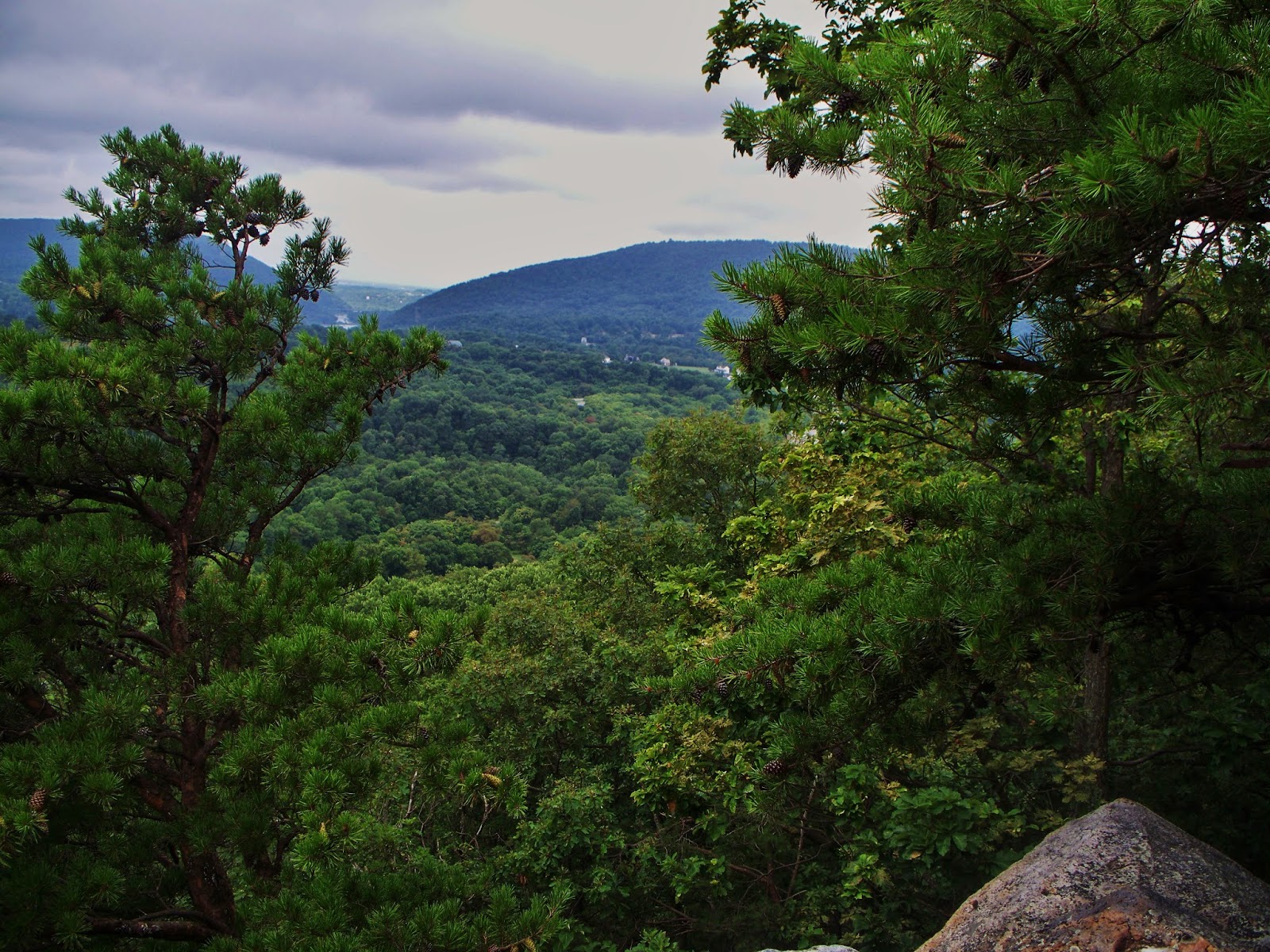Jagged edges
I've been saving this one for one of those rare days off when I actually had nearly the whole day available to me. So after I dropped my granddaughter off at day camp, I turned northward and made the 90-minute drive to Gathland State Park near Burkittsville, Maryland.
The park is named for George Alfred Townsend who was a Civil War press correspondent, one of the youngest to report on the war from the front lines. He also covered the assassination of President Lincoln, and the subsequent pursuit of the killer, actor John Wilkes Booth. He was a well-known and prodigious writer, at one point penning some 18,000 words per day. In a time when inkpens had to be dipped in ink and written on foolscap, this was an amazing level of output. After the war, he remained one of the most popular of Washington correspondents, having gathered a huge audience.
When he was 47, he began building an estate on land he purchased in Crampton's Gap, a wind gap cutting through the otherwise contiguous South Mountain. This land was also the site where the Battle of South Mountain was fought in September 1862. Among the structures that he had built out the abundant native stone was an arch dedicated to war correspondents who were killed while covering wars.
The Memorial Arch.
What remains of his mansion.
After his death, the land was given to the state for a park, which is known not by Townsend's name, but his pen name, "Gath."
The AT (Appalachian Trail) passes right through this property, descending from the northern part of South Mountain, across the gap, and back up onto the southern ridge. Last week, I hiked the southern ridge, part of it anyway, from Weverton, north of Harper's Ferry. It was a brutal climb, and looking at the topo map I saw that the part starting from Gathland was a much gentler ascent, so I decided to give this one a try.
Traffic being what it is, it took me almost two hours to get there. But upon arrival, I saw the beautiful property, and two parking lots. I pulled in, geared up, and headed south.
There are two access points for the trail, one being a path that begins right off the upper driveway. But if you want a bit of a ceremony (and don't mind the rocks) you can pass through an arch that was meant to be part of Townsend's mausoleum, although he didn't use it. Once on the trail, the climbout is much gentler than it's southern counterpart. Part of that is because the elevation at the gap is 400 feet higher that the point just off the Potomac River. But the path is still strewn with rocks.


















